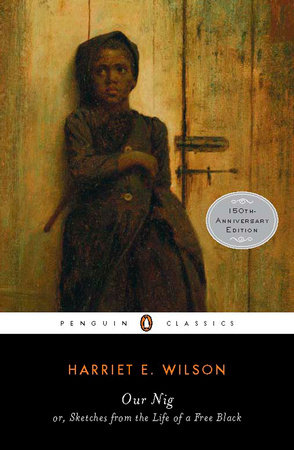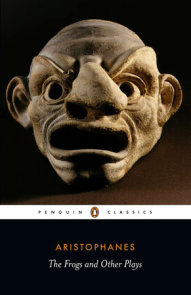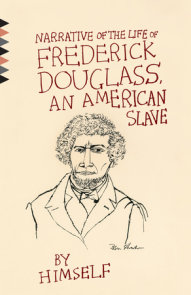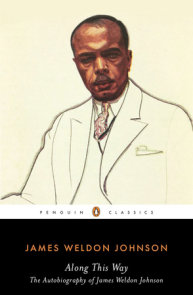READERS GUIDE
Questions and Topics for Discussion
INTRODUCTION
Forgotten for almost 120 years, rediscovered in the 1980s, and now republished with significant new information about the life of its author, Our Nig is a hallmark of American literature. The first novel written by an African American woman, Harriet “Hattie” Wilson, this is the poignant story of Frado, a precocious and determined child who is given away to servitude at the age of six. After the death of her black father, she is abandoned by her destitute white mother to the Bellmont family of Singleton, New Hampshire. Indentured to them in hapless servitude, Frado endures a childhood of deprivation and isolation as an African American child—not quite a slave but certainly not free—in an antebellum New England town.
Much of the book has now been verified as paralleling the real life biography of Harriet Wilson. The book cunningly blends the genres of autobiography, fiction, and the nineteenth-century slave narrative, yet Our Nig is also a classic American tale of an individual struggling against all odds. Without the supportive bonds of family or capital, young Frado bravely seeks to improve her situation, in spite of her mistress’s wishes, through a spirited defense of her own rights and a program of dedicated self-improvement.
Harriet Wilson’s portrait of the Bellmonts, the family to which Frado is indentured, describes personalities ranging from the capricious and cruel to the seemingly gentle and kind. Though Wilson indicts the actions of much of the family, whose sense of ownership she captures in the title, she also portrays complex characters who offer Frado sympathy and friendship, if not much else. But Frado’s well being is subject to the capriciousness of Mrs. Bellmont, who is prone to violent physical and verbal outbursts and who rules her family through fear. It is the abuse meted upon Frado by this woman and the inaction of the family and larger community that mark the substance of Wilson’s then-controversial claim that blacks might be as mistreated in the free North as they were in the slaveholding South.
Playing with the metaphor of color, Wilson asks each of us to challenge our assumptions about surfaces; as Frado’s father heartbreakingly says when courting her mother, “Which you rather have, a black heart in a white skin, or a white heart in a black one?” Abuse based on race in the North was often overlooked by the very people who spoke out against the treatment of slaves in the South. Our Nig dramatically exposes such hypocrisy among those who claimed moral superiority and reveals the pervasiveness of racism throughout the antebellum United States. Wilson’s narrative deliberately complicates the racial landscape of the United States before the Civil War, and forces readers—both then and now—to examine their sometimes hidden prejudice.
“Enough has been unrolled to demand your sympathy and aid,” Wilson writes at the end of her tale, and it is true that Frado inspires both sympathy and anger at the injustice done to her. But this is also a moving coming of age story about the tenacity of one young woman, who seeks to balance realism and hope as she searches for integrity in an impossible situation. Our Nig, as a double story about the fictitious Frado and the very real Harriet Wilson, is a parable of struggle and the strength of the human spirit.
ABOUT HARRIET E. WILSON
Harriet “Hattie” E. Wilson was born in Milford, New Hampshire, in 1825. Her parents were probably Joshua Green, an African American employed at a cooperage, and Mag Smith, a poor white washerwoman. Her father died when she was five or six, and soon thereafter her mother abandoned her to the home of a local family, the Haywards. Wilson worked as an indentured servant for the Haywards until the mid-1840s, at which time she left and sought employment as a servant in other local households. In 1851 she married Thomas Wilson, with whom she had a son, George Mason Wilson, in 1852. Thomas Wilson died in 1853, and Harriet was forced to leave her son with foster parents. George died before his eighth birthday, after years in and out of poor houses while Wilson struggled to make a living. In 1859 Wilson published Our Nig, her indictment of indentured servitude and hidden racism in the North. In the following years, she became involved in the Spiritualist movement and became known as a clairvoyant and psychic healer. As “Dr. Hattie E. Wilson, the trance medium,” she traveled about the country giving lectures on topics such as the spirit world, labor reform, and race relations. She remarried, to John Gallatin Robinson, in Boston in 1870. Her work with the Spiritualist movement brought her both fame and status, and she was often given the title of Dr. She died in Quincy, Massachusetts, on June 28, 1900.
DISCUSSION QUESTIONS




















